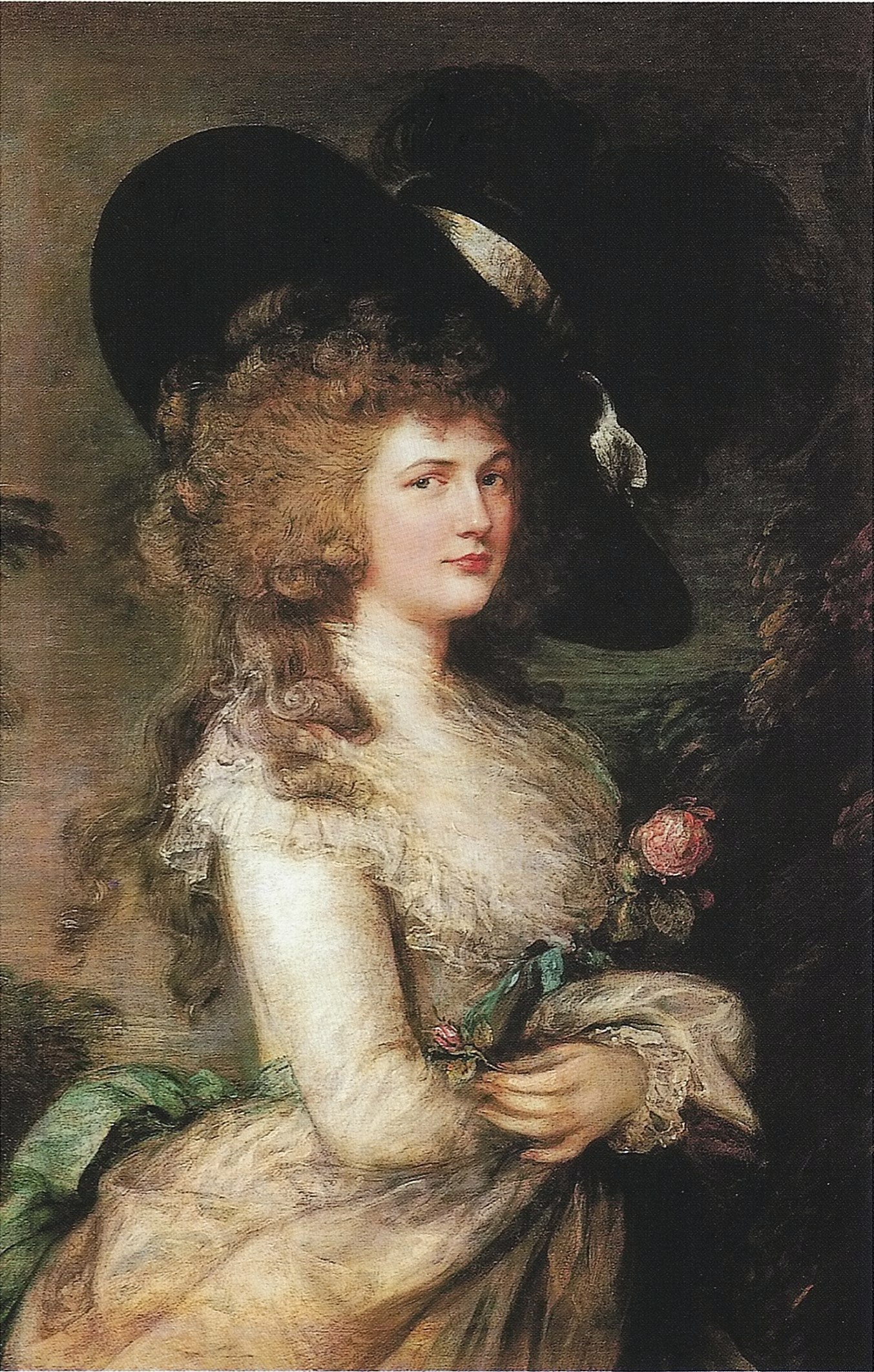
The decline and fall of the gentlemanly art thief
In The Museum of Lost Art Noah Charney explains why today's criminals favour car bombs over cunning
Different crimes suit different ages, as the author and art scholar Noah Charney makes clear in his new book, The Museum of Lost Art. The mid-nineteenth century was a period of “vast industrial wealth,” writes Charney, and also a time of ”no telephones, electricity, fingerprint identification, fast photography or alarm systems.” This unique set of circumstances suited the archetypical gentleman criminal.
And, when it comes to gentleman criminals, Adam Worth set the archetype. Born in 1844 in Germany, raised in America, and active in Europe, Worth’s exploits inspired Sir Arthur Conan Doyle’s fictional master criminal, Professor Moriarty.
As Charney explains, Worth began his criminal career as a bounty jumper, enlisting in and then deserting various regiments during the American Civil War, before going on to develop a genteel modus operandi.
“He never once participated in a violent crime and refused to work with any criminal who carried a weapon,” writes Charney. “He insisted that his brain would be better than any weapon in getting him out of a sticky situation.”
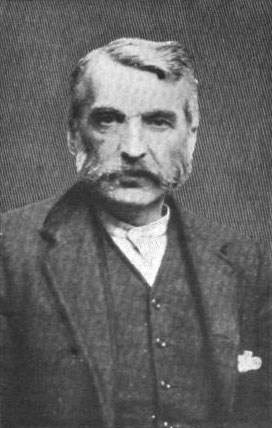
This approach proved effective. “Worth progressed from pickpocketing to bank robbery, and the 1869 theft from the Boylston Bank in Boston made him a rich man,” Charney writes. “He moved to England, bought houses in London, spent time running an underground casino in Paris, dressed in the finest clothes and ran an international criminal headquarters, based at his London mansion, offering advice to other thieves.”
Eventually, he branched out into art. In 1876, he slipped into William Agnew’s gallery on Bond Street and stole Portrait of Georgiana, Duchess of Devonshire by Thomas Gainsborough – one of the most highly valued paintings in the world.
Though the crime proved effective, Worth’s unusual motives stymied his disposal of the work. As Charney explains, Adam Worth’s feckless brother, John Worth, had been jailed; rather than pay the bail himself, Adam planned to force William Agnew to foot the bill, in exchange for the painting’s safe return.
“But then something unexpected happened,” writes Charney. “The lawyer Adam Worth had hired to defend his brother actually succeeded, and John Worth was released from prison. Now Adam had his brother free, along with a freshly stolen Gainsborough painting worth at least 10,000 guineas."
Worth negotiated with Agnew over the painting’s return, though to no end, and, as the century drew to a close, his fortunes changed.
“Worth was finally caught and imprisoned in Belgium in 1893,” writes Charney. “When he was released in 1897, all of his assets and his second wife had been stolen by a former criminal colleague. All he had left was the Gainsborough painting, which had been stored in a Brooklyn warehouse. From being one of the wealthiest men in England, he had become a penniless convict, his only possession a stolen painting, the most valuable work of art in the world.”
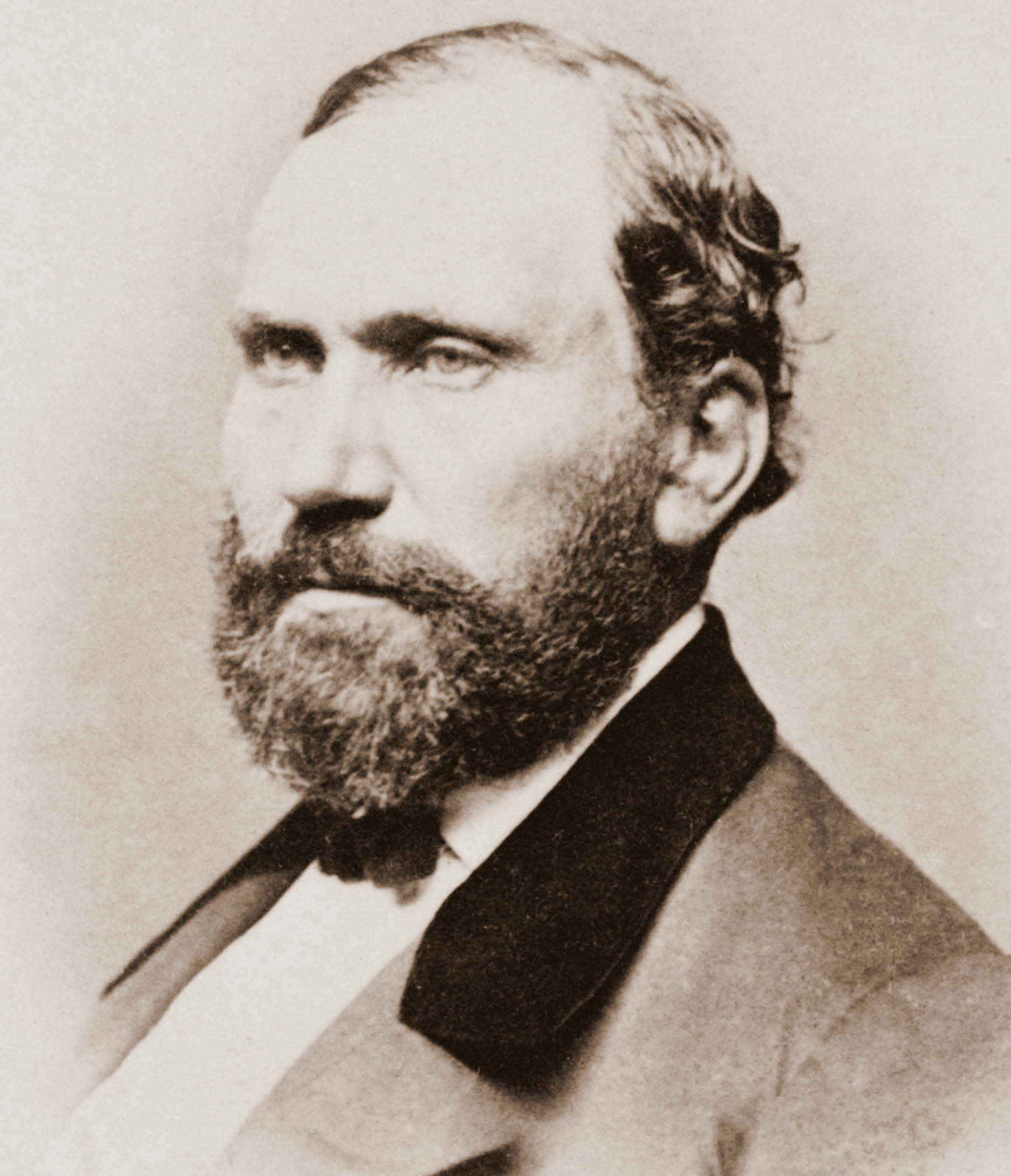
Worth ultimately profited from the crime towards the end of his life, engaging his old foe Allan Pinkerton – founder of the Pinkerton Detective Agency – to successfully negotiate the paintings’ return. However stealthy thieves, such as Worth, have been superseded, Charney writes, by “blitz thefts, a trend current since the advent of quality alarm systems in the mid-twentieth century, in which thieves burst into galleries when they are open to the public and are therefore less secure.”
“A spate of thefts along the French Riviera occurred in 1961, particularly of Picasso and Cézanne paintings and drawings, perpetrated by the Corsican mafia,” Charney explains. “The single largest peacetime art theft in history took place in 1976, when 118 Picassos were stolen from the Papal Palace in Avignon. In that instance, guards were bound, gagged, beaten and threatened with death. Art crime, once elegant and dexterous, saw the birth of its violent offspring.”
In one particularly blitz-like attack in December 2000, thieves detonated two car bombs simultaneously in Stockholm, before bursting into Sweden’s National Museum, wearing balaclavas and carrying sub-machine guns.
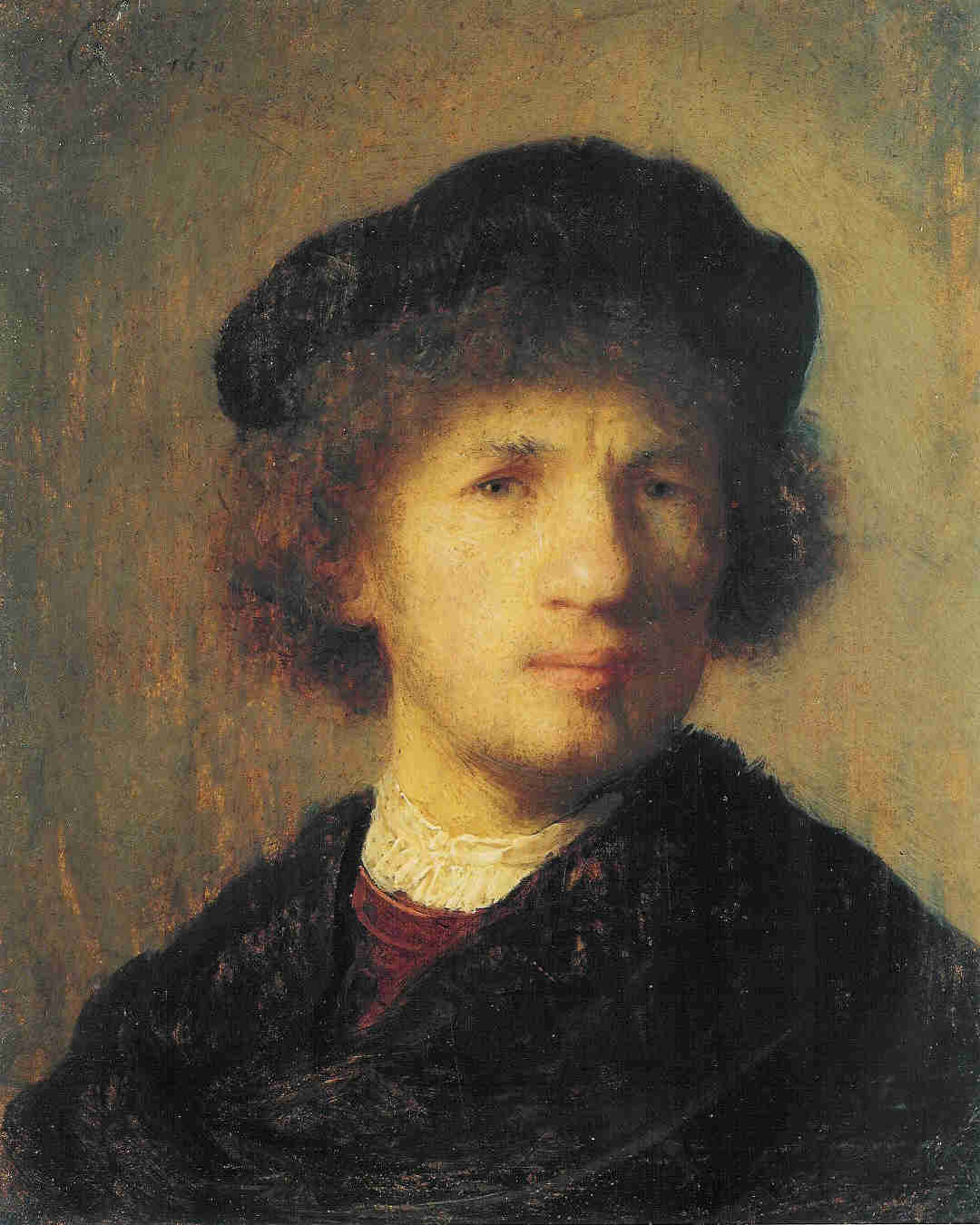
“They forced the visitors to the floor, grabbed paintings, including two Renoirs and a Rembrandt, and escaped on a speedboat that had pulled up in the bay behind the museum.”
Despite this violence and bombast, all works were eventually recovered, and all those involved were caught within one month of the theft. Still, violent thefts continue to prevail over old-world stealth. Worth would have doubtless condemned the methods and the lowly profits, but his gentlemanly style of art theft is, nevertheless, now something of a museum piece.
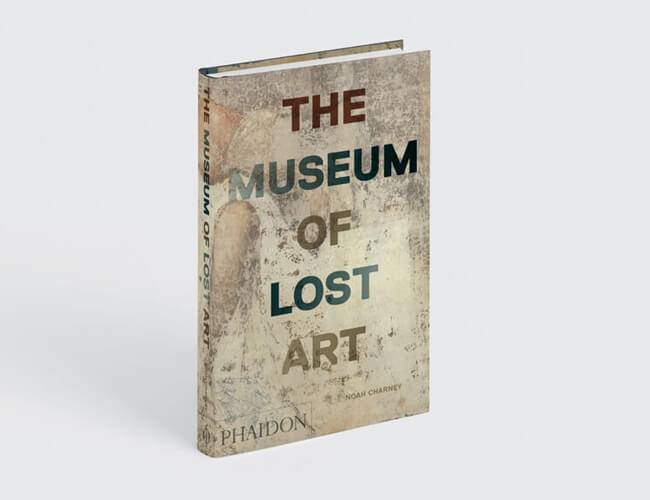
For more stories behind lost works of art order a copy of The Museum of Lost Art by Noah Charney here.